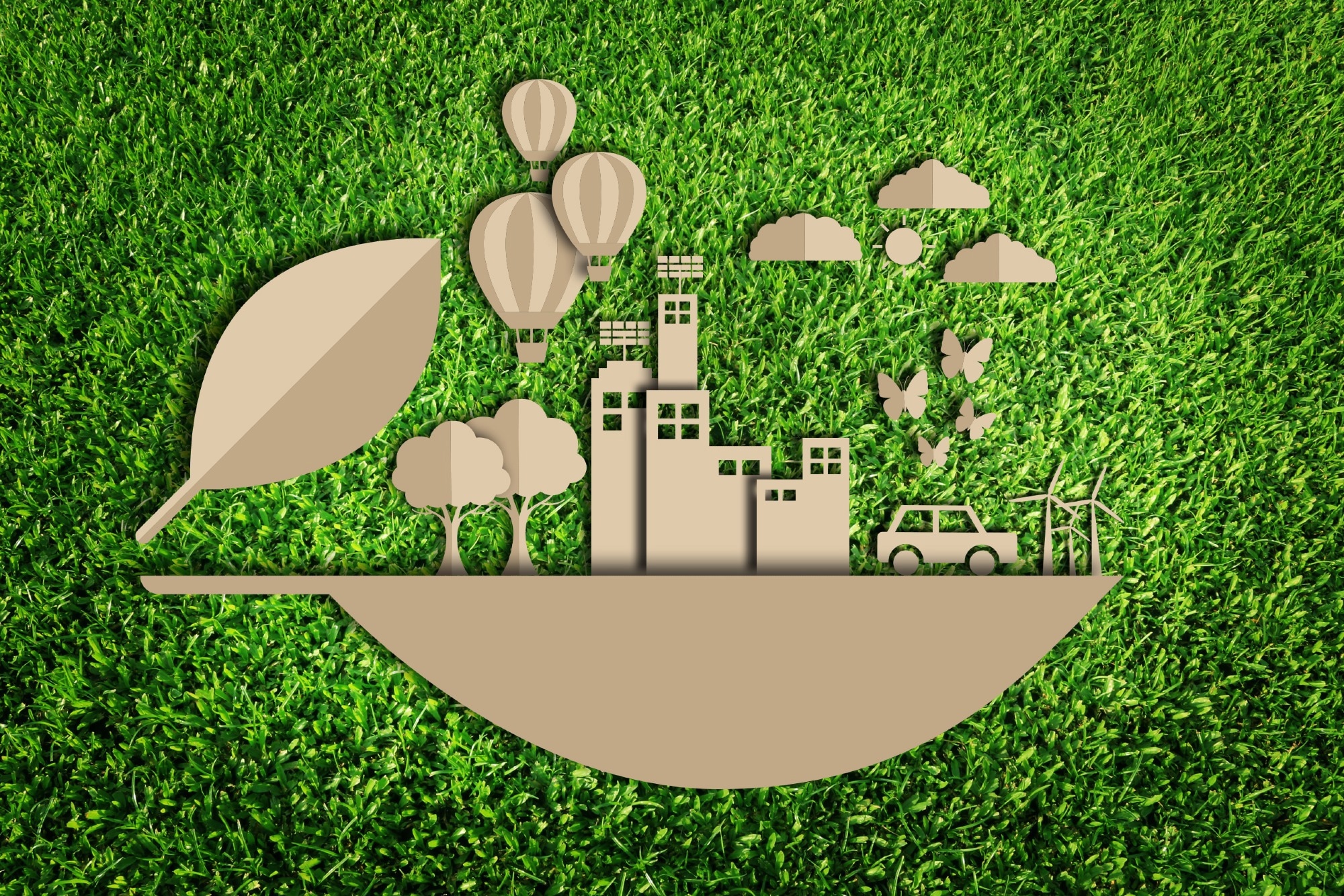 By Nidhi DhullReviewed by Susha Cheriyedath, M.Sc.Dec 16 2024
By Nidhi DhullReviewed by Susha Cheriyedath, M.Sc.Dec 16 2024A recent review article has highlighted the contribution of green buildings (GBs) to the United Nations' Sustainable Development Goals (SDGs) and the challenges limiting their widespread use. The review analyzed research spanning from 2000 to 2024 and followed the PRISMA guidelines for systematic reviews.
 Study: The role of green buildings in achieving the sustainable development goals. Image Credit: Vanatchanan/Shutterstock.com
Study: The role of green buildings in achieving the sustainable development goals. Image Credit: Vanatchanan/Shutterstock.com
What Are Green Buildings? Key Features and Benefits
Green buildings are designed to be environmentally responsible and resource-efficient throughout their entire lifecycle. This includes everything from site selection and design to construction, operation, maintenance, and eventual deconstruction. GBs aim to conserve energy, reduce water use, improve air quality, and promote long-term economic and social benefits.
Beyond sustainability, GBs offer significant economic advantages, attracting investors to larger projects. They also focus on improving occupants’ health and comfort while managing resource use and waste efficiently.
The urgency for green building solutions becomes clear when considering the impact of the construction sector:
- It accounts for 40 % of global energy consumption.
- It uses 32 % of all renewable and non-renewable resources.
- It produces 30–40 % of solid waste and emits 35–40 % of CO2 globally.
By improving energy efficiency and reducing resource consumption, green buildings address both environmental and economic challenges.
How Green Buildings Support the SDGs
While green buildings don’t directly relate to every SDG—such as SDG 1 (No Poverty), SDG 2 (Zero Hunger), SDG 4 (Quality Education), and SDG 5 (Gender Equality)—they play a critical role in others:
- SDG 3 (Good Health and Well-being): GBs improve indoor air quality and living conditions, benefiting health and overall comfort.
- SDG 6 (Clean Water and Sanitation): Green designs incorporate efficient water systems, such as rainwater harvesting and greywater reuse.
- SDG 7 (Affordable and Clean Energy): GBs use renewable energy sources and reduce energy waste.
- SDG 8 (Decent Work and Economic Growth): GBs create productive spaces that can boost economic growth.
- SDG 11 (Sustainable Cities and Communities): They contribute to cleaner, more sustainable urban development.
- SDG 12 (Responsible Consumption and Production): GBs encourage resource-efficient practices and minimize waste.
Green buildings also reduce emissions from both direct sources—like paints, varnishes, and heating—and indirect sources, including construction materials and electricity generation. Over time, these designs help create healthier and more energy-efficient spaces.
Barriers Slowing Green Building Adoption
Despite their benefits, green buildings remain a small portion of global construction projects. Their performance during active use sometimes falls short of expectations, and various challenges continue to limit their growth.
A survey conducted among construction firms in Singapore identified key risks for commercial GB projects:
- Economic instability, including inflation and interest rate changes
- Questions about the durability of green materials
- Risks related to human error during construction
- Limited availability of sustainable building products
- Higher upfront costs compared to traditional projects
While green construction methods come with risks, they were found to be less severe than those linked to conventional projects, such as poor construction quality and frequent design changes.
The slow adoption of GBs in many countries is also tied to inconsistent definitions of “green financing” and a lack of industry-wide standards. Without clearer guidelines, it becomes harder for stakeholders to prioritize sustainable building practices.
Moving Forward: Opportunities for Improvement
Overall, this review outlines to several ways to address these challenges and promote green buildings:
- Stronger leadership and support from management and investors
- Government-backed incentives, such as tax reductions and funding schemes
- Clear regulations and policies to encourage sustainable renovations
In China, successful green renovations have relied on well-defined government initiatives, tax incentives, and standardized assessment tools. In addition, modern green building designs—like incorporating natural elements or encouraging eco-conscious behaviors—show promise for improving building performance over the long term.
Final Thoughts
Green buildings play an important role in addressing environmental challenges and advancing the SDGs. However, barriers like high costs, inconsistent standards, and limited green resources continue to slow their progress. Future research can help uncover why certain SDGs, such as poverty and hunger, appear less connected to GBs and explore new ways to bridge this gap.
By prioritizing clear policies, innovative designs, and collaborative efforts, the construction industry can move toward a more sustainable future.
Journal Reference
Olabi, A. G. et al. (2024). The role of green buildings in achieving the Sustainable Development Goals. International Journal of Thermofluids, 101002. DOI: 10.1016/j.ijft.2024.101002, https://www.sciencedirect.com/science/article/pii/S2666202724004415
Disclaimer: The views expressed here are those of the author expressed in their private capacity and do not necessarily represent the views of AZoM.com Limited T/A AZoNetwork the owner and operator of this website. This disclaimer forms part of the Terms and conditions of use of this website.